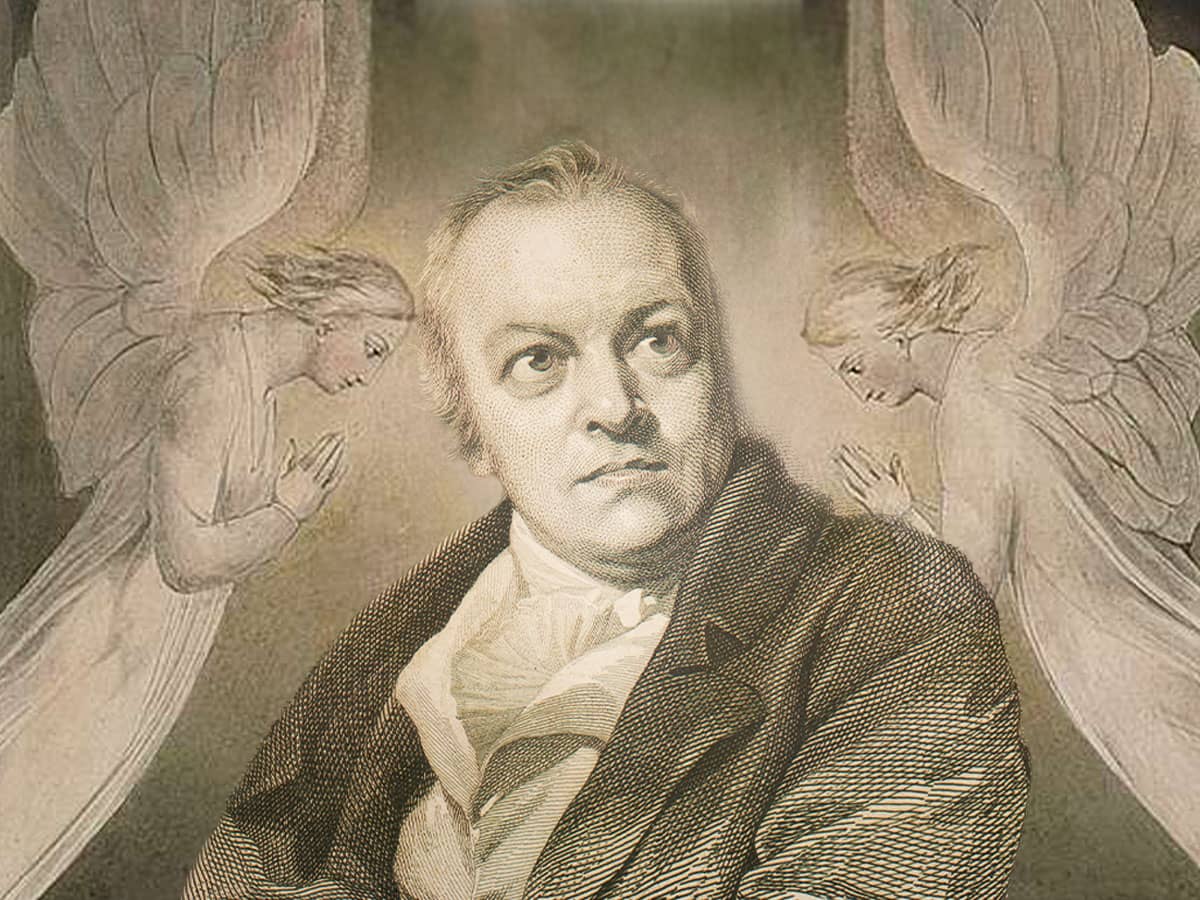
Stare into a rose, and what do you see? If the rose happens to be red, odds are you’ll say that you see a symbol of love. If it’s white, you might see a symbol of purity and innocence, or perhaps the heavenly and eternal. A pink one, meanwhile, might evoke springtime, childhood and the beauty of young things that grow old all too quickly. One thing, however, is for sure. When you look at a rose, you’re bound to think of something. The rose is not only (as many have suggested over the centuries) the most beautiful of God’s creations, it’s also the most naturally symbolic. Though the writer Gertrude Stein famously observed that a “rose is a rose is a rose is a rose,” in fact, people have never been able to look at this queen of flowers without seeing more—much more—than just its beauty. The rose can’t help but stir the imagination, can’t help but point beyond itself.
If one boiled all the things that the rose has evoked in people’s imaginations down to one word, it would have to be this: mystery. The rose is a symbol of all things “mysterious, ultimate, indefinable,” Eithne Wilkins writes in her book “The Rose-Garden Game,” “not only of beauty and love, but of immortality and of silence. "
Sub-rosa—that is, secret—literally means “under the rose.” This flower has always called up a sense of something hidden away, something inviolate, something beyond the reach of the dust and noise and confusion of the ordinary world.
So it is that the maidens of medieval romance were often sequestered away in rose gardens, and so it is that Mary, the ultimate symbol of purity in human form, has for centuries been specifically associated with this flower. (In the Middle Ages one of her more popular epithets was "Rosa Mystica, the mystic rose.” Mary is also sometimes called the Rose Without a Thorn, a name which recalls Saint Ambrose’s theory that the rose was the only flower to be found in Eden, and only armed itself with thorns after Adam and Eve brought about the Fall out of paradise.
In the Bible, the word “rose” usually refers to other flowers, like the oleander and the narcissus. Though no roses at all appear in Genesis’ description of Eden, by the Middle Ages the rose was widely thought of as the quintessential flower of paradise.
Prayer aids like the rosary—either made of beads or, even more simply, knots of cord or string—exist in all the word’s religions. Such items date back to the Stone Age and are among the first technical devices invented. Wherever they appear, these objects always have the same essential function: to put the user in touch with the sacred. In the case of the rosary: an Eden thick with roses.
Roses have been celebrated for their fragrance almost as much as for their looks, of course, but it remains what happens to us when we see a rose—the door that opens in us when we do—that is the ultimate source of its magic. There is something in the lushness of all those petals that suggests infinity, and endless interiority that encloses the entire world within itself. Staring into the petals of a rose we lose ourselves. But, mysteriously, enough, we also find ourselves.
That’s no doubt why, at the conclusion of “The Divine Comedy,” when Dante at last achieves a direct vision of the divine, what he sees is a celestial rose aswirl with angels. It’s also why—closer to our own time—T.S. Eliot began his celebrated long poem “Four Quartets” with an evocation of a rose garden glimpsed in childhood. Eliot, echoing Dante, ended that same poem with a vision of the reunion of the human and divine worlds in which “the fire and the rose are one.”
To look into the rose is to behold a bottomless depth, but it is also to be reminded—to feel—that each of us carries something of this endless depth within ourselves as well. The deepest mystery of the rose is that what we behold at the heart of that mystic swirl of petals is not just heaven, but a hint of our own truest nature.
Yet another rose-loving poet, Rainer Maria Rilke, composed these lines to be inscribed on his gravestone:
Rose, O pure contradiction! Joy
Of being no one’s sleep
Under so many
Lids.
Stare into a rose and what do you see? Everything.

